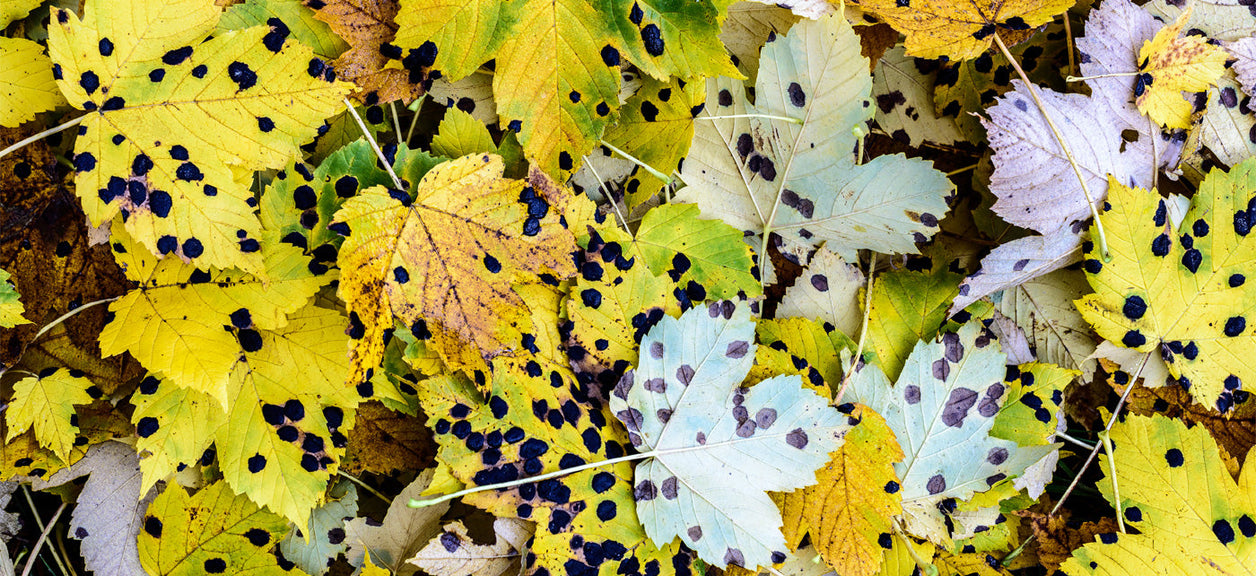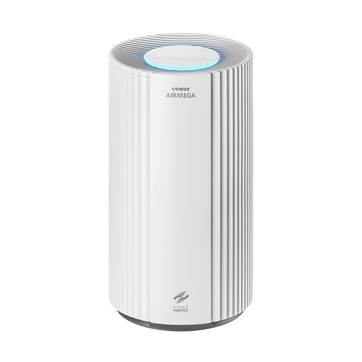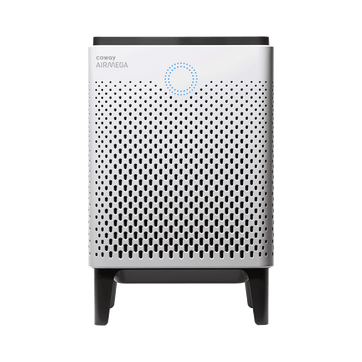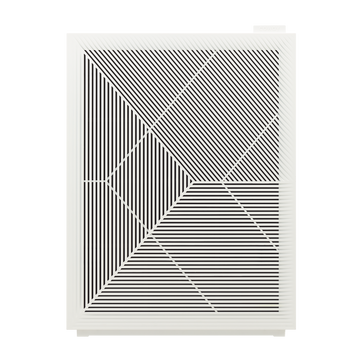
Allergens of the month: mould and fungi
For our new entry of our Allergen of the Month series, we dive into the world of mould and fungi.
The cooler fall weather that hits in October means warm drinks, falling leaves, and, unfortunately, a chance for mould and fungi. If you’re feeling irritation in your eyes, nose, throat, or lungs, they may be the culprit. For those with allergies or asthma, you may even find yourself with shortness of breath or an asthma attack. You can help prevent this from ruining your autumn by arming yourself with everything you need to know about this fall allergen.
Fast facts
• The most common indoor moulds are Cladosporium, Penicillium, Aspergillus, and Alternaria
• Mould is a type of fungus, of which there are over 200,000 species
• Mould is usually categorized in three ways: allergenic, pathogenic, or toxigenic
Where to find it
Because mould comes in so many forms, it can live in various places throughout your house. Since we’ve already covered the basics in our piece on summer mould, we’ll dive into those more specific to fall.
What is one of the first things you think of with fall? For many, it’s the changing and then falling leaves. Mixed with moisture from morning dew or rainfall, fallen leaves can become a breeding ground for mould and fungi. Then, when you rake them, you are likely releasing fungal spores into the air.
Additionally, you should continue to be on the lookout for any places within your home that are prone to moisture, like the kitchen, bathroom, and basement.
How to prevent it
• Keep mould and spores from coming into your house by leaving your shoes outside, washing your clothes, and showering immediately after doing yardwork.
• Keep your gutters clean and ensure they are working properly, so water drains away from your home.
• Increase air circulation in your home. This can be done with fans, or simply by keeping the (internal) doors open.
• Use a HEPA air purifier, like Airmega. HEPA air purifiers trap 99.97 percent of particles in the air, which can reduce allergens in your home.
Disclaimers
1Coway air purifiers has been proven to trap dust, pollen, dander, viruses and bacteria in the air based on KCL (Korea Conformity Laboratories) testing.They have been tested in a 30㎥ size chamber according to the Korea Air Cleaning Association standard (SPS-KACA 002-132:2022 Modified) to measure the 0.01㎛ size of particle removal rate. It was tested on maximum airflow speed in normal room temperature and humidity conditions. The performance may vary in the actual living environment of customers.
→ Tested with Airmega Aim, 150, 160, AP-1216L, AP-1512HH, AP-1512HHS, 200M, Icon, IconS, 230, 240, 250, 250 Art, 250S, 300, 300S, 400, 400S, ProX
299.97% of viruses, bacteria, fungi and pollen were verified to be removed from the air for Coway air purifiers which have Green True HEPA™ filter applied based on the Japan Food Research Laboratories(JFRL) testing according to JEM 1467 standard.
→ Tested with Coway Airmega AP-1512HH, AP-1512HHS, 250, 250 Art, 250S, 300, 300S, 400, 400S
→ All tested by JFRL and received above result within below time.
All tested by JFRL and received above result within below time.
- Virus: Tested with Escherichia coli phage ΦX174 NBRC 103405, 60 minutes
- Bacteria: Tested with Staphylococcus epidermidis NBRC 12993, 60 minutes
- Fungi/Mold: Tested with Penicillium citrinum NBRC 6352, 60 minutes
- Pollen: Tested with Cedar Pollen extract, 60 minutes
3Aerosol test conducted in a Biosafety level 3 laboratory with two Coway air purifier models, Coway Airmega 250 and 400 for removal of SARS-CoV-2 Aerosol by US based MRI Global, a not-for-profit laboratory and partner of US Department of Defense. The test was conducted in a 13.1ft3 chamber. Virus was aerosolized for 15 minutes and the product was turned on high for 2 minutes. Result showed each product effectively removed over 99.98% of the SARS-CoV-2 in 2 minutes. This is a result from a laboratory experiment condition and result may vary in different conditions. This result does not imply it kills SARS-CoV-2 or prevents the transmission of Covid-19. Coway Airmega 250S and 400S are identical to the tested models and has equal performance with an additional mobile connectivity function.
4The concentration of ammonia, acetaldehyde and acetic acid were proven to be removed within 30 minutes by FCG Research Institute, Inc. Human Life Science Lab. It is not a demonstration result in the actual use space. Not all odors and gases may be supported. → Tested with Coway Airmega 150, 160, AP-1512HH, AP-1512HHS, 400, 400S
5The coverage area of the air purifier is based on an area where the air cleaner can make two air changes per hour (ACPH). An air change per hour translates to how many times an air purifier can clean an area, assuming the height of a ceiling to be 8 ft, in one hour. Therefore ** means two air changes per hour means that the cleaner can clean the area once every 30 minutes and * means air changes per hour means that the air purifier can clean the area once every 60 minutes.
10Terms and conditions apply. Discounts, including promotions, coupons, bundle discount and subscription discount, cannot be stacked on top of other coupons. During promotional periods, discount codes will not be able to be applied to orders. Promo codes may apply to products only—filters, accessories, and new products within 3 months of the release date are not included.




















